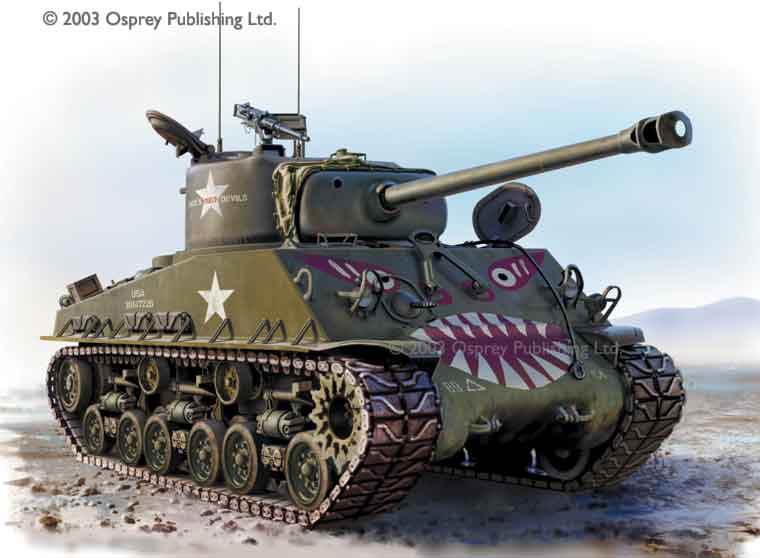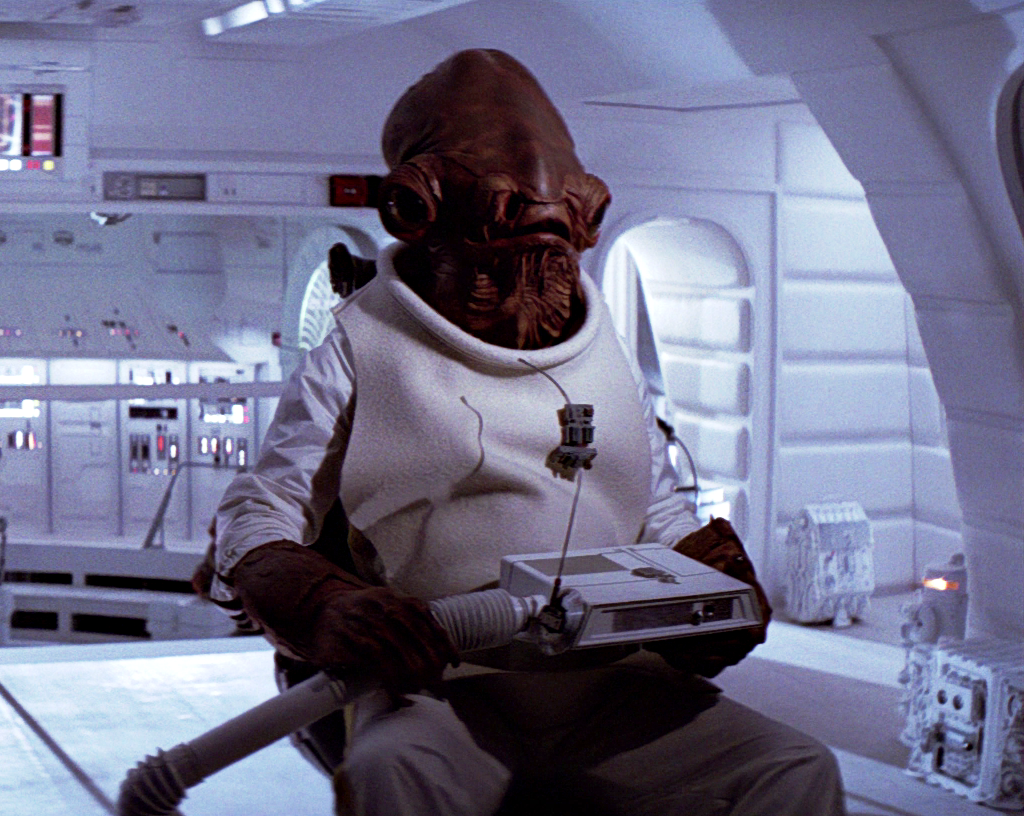If you can't tell, I like the shooting phase, but I have only gotten a firm grasp on how to master the phase since I learned how to maximize an army's given firepower. I haven't mastered anything yet, but feel like I'm well on my way thanks to a few key developments in my play style. To many of you these pointers will seem obvious, but I hope that some of you will be able to use this advice in your own games.

Once again, you really have to read Eric Riha's great articles on the math behind the game to truly understand the forces at play in the shooting phase. Only once you start understanding the true odds you have when rolling dice will your game develop to that next level.
For example, I've played against opponents who deploy their (Overlord - AT 12) Tank Destroyers over 16" away from my veteran Panzers (having been forced to do so because of my recon screen), then get upset when all they managed to accomplish was one tank killed, one bailed. But should they have been so surprised? Let's look at the numbers:

Well now it all makes sense!
Veteran tanks at long range: 5+ to hit on 8 shots. Front Armor 6, at long range it turns into 7, so now I bail on a 5 and save on a 6. Then my opponent has to roll firepower checks. There is little statistical chance that a TD platoon will be able to wipe out an entire Panzer platoon at long range, and yet my opponent was flabbergasted when my tanks wiped out the TD's on my next turn.
Now that we've explored this one basic example, let's dive into some of my principles of shooting:
Roll as many dice to hit as possible: There is a reason why your opponent with American Tanks always uses Stabilizers. Say you have a veteran target at long range. You can either move to get within 16" needing 4+, or fire twice at over 16" needing 5+. Since you have to halve your RoF if you move, your odds are the same to hit that target once per-die roll at short range or at long range. However! Since you're rolling double the number of dice at long range the odds are pretty good that you'll get more hits. Where you may run into trouble with this principle is when shooting at armored targets at long range, due to the added +1 to the armor that is caused by shooting at range.

This Easy-8's ego is writing checks that its butt can't cash
The more steps you need to succeed, the more likely you are to fail: This is a long way of saying that direct fire is more reliable than artillery or aircraft. Now, this doesn't mean that artillery is useless, or that I don't utilize artillery. It just means that I take its unpredictability into account when I'm planning my turn. You have to roll to range in, then roll to hit (with penalties if you didn't range in on your first attempt), then your opponent rolls saves, then you have to roll firepower. That's a lot of dice being thrown, and with each step the likelihood of success decreases.

Damnit guys! This is no time for tug-of-war!
Concentrate Firepower: Your opponents will expect to lose a couple of teams from their platoons on their way to the objectives. They won't expect to lose an entire platoon in one turn. In each game you should figure out which units are the biggest threats to your army, and devote as many resources as possible to knocking them out. Mobile armies will be able to do this more effectively than static armies, since they can move from threat to threat. I can't overstate this enough: don't spread out your fire, whittling away at a unit over there, then one over here, then one in the back; wipe out entire units before moving onto the next one.

"Concentrate all firepower on that -" blah blah blah, you know how it goes
Putting these three principles to practice obviously means that my movement phase provides the basis for my shooting phase. I'm looking to maximize my odds while limiting the consequences of my actions. I can minimize return fire in a variety of ways, but here are the three most common ways I can think of:
1. Kill what you're shooting at - concentrate your fire and eliminate the threat. If it's dead then it can't hurt you.
2. Move into a position where the odds will favor you - if I move veteran tanks into a hull-down position on a hill I may be sacrificing shots in the turn that I moved, but in the long term I'll be in a better position than the target in the open. US Tanks and German Tanks are very good at this, because US Tanks can still get two shots as they maneuver and because German tanks can just slip away with Stormtrooper.

If only it were this easy...
3. Distract your opponent - in a recent game (not a tournament one) my opponent was running a crazy list with three Tigers. The threat of my TD's forced him back to where they were basically playing guard duty on one of his objectives. Then I moved my TD's elsewhere, but kept a Cav Recon unit lurking nearby to pounce on the objective if the Tigers moved away. Thus I took one of my opponent's most powerful shooting units out of the game, without even firing a shot. The mere threat of my shooting forced him to retreat, and then to be held hostage by a 85-point unit.
This is really all I have to say about shooting without plagiarizing Eric Riha's articles. You need to concentrate fire from several units to make an appreciable impact in the game. It's not enough to whittle away at the enemy - you need to figure out the odds and then pour enough shots into them as possible. If you don't succeed in shooting an enemy to death you'll need to assault, and keep your eyes peeled after the holidays to read my article on why that's not the best idea...

Get it? That last sentence was a cliffhanger
As always, follow me on Twitter @piflamesofwar
No comments:
Post a Comment